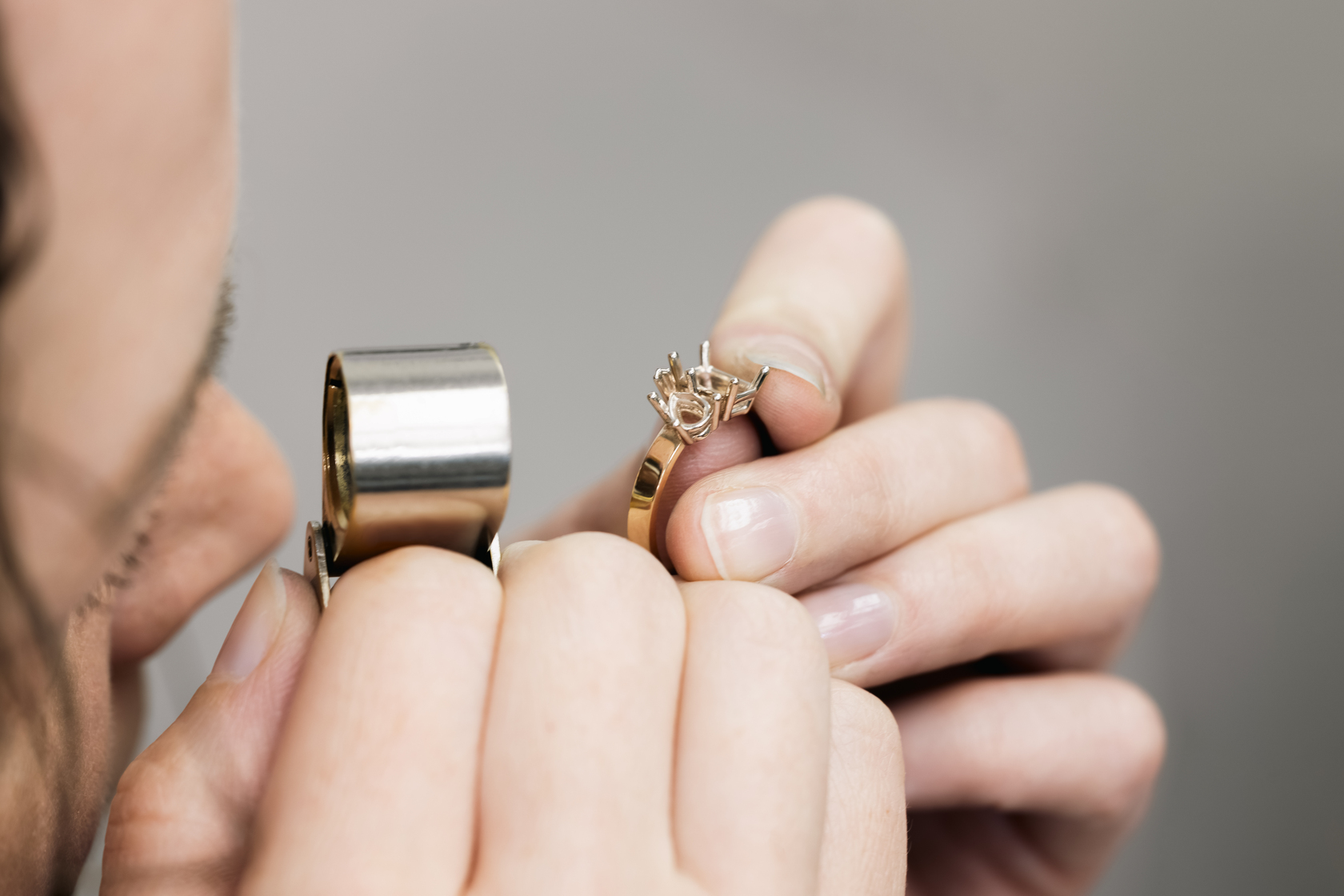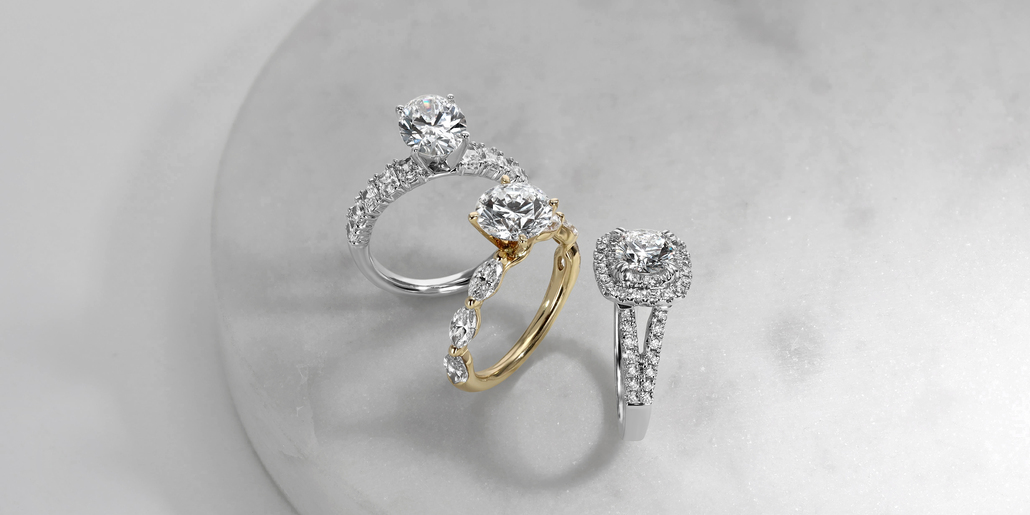Stone loss in jewelry is a frustrating and often costly experience for wearers. The causes behind these mishaps are more common—and more preventable—than many realize. Keep reading to learn what causes stones to fall out, how to spot early warning signs and what you can do to keep your jewelry secure for years to come.
Over time, everyday activities take a toll on jewelry. Exposure to water, chemicals, temperature fluctuations and impact can weaken the settings that secure your stones. Even routine tasks like washing hands or opening doors can cause small but cumulative damage—particularly to rings, which endure the most contact. Our best tip? Remove jewelry during hands-on tasks, especially those involving water, cleaning products or heavy use. Bring high-contact pieces like rings and bracelets in for professional inspection every 6 months.
The most common cause of stone loss is failure in the setting. Prongs can wear down, bend or break. Bezels can loosen. Pave settings are particularly prone to stone loss when even a single micro-prong is compromised. Read how to spot high-quality jewelry settings in this article.
When a ring is resized—especially more than once—it can compromise the structural integrity of the setting. Stones may shift subtly during the process, increasing the risk of them loosening over time. That’s why we always perform a thorough inspection of your jewelry after any resizing or repair work. Learn more below about our available jewelry services.

Mass-produced or poorly constructed pieces typically aren’t engineered for long-term wear. Prongs may be too thin, settings misaligned or stones improperly seated from the start. The difference is in the craftsmanship. We stand behind well-made jewelry by designers we trust. Explore our selection of reputable brands below.
Certain cuts and sizes of stones are more prone to dislodging. For instance, pointed shapes like marquise, pear and princess cuts have more vulnerable corners. Larger stones also face greater gravitational pull and stress on the setting. Protective settings like halos, V-prongs or bezel mounts are smart choices for delicate shapes.
While stone loss is often chalked up to bad luck, in reality, it’s frequently a result of wear, damage or avoidable neglect. By being proactive with care, going in for routine inspections and investing in quality craftsmanship, you can significantly reduce the risk of losing precious stones—and the sentimental or financial value they represent.

